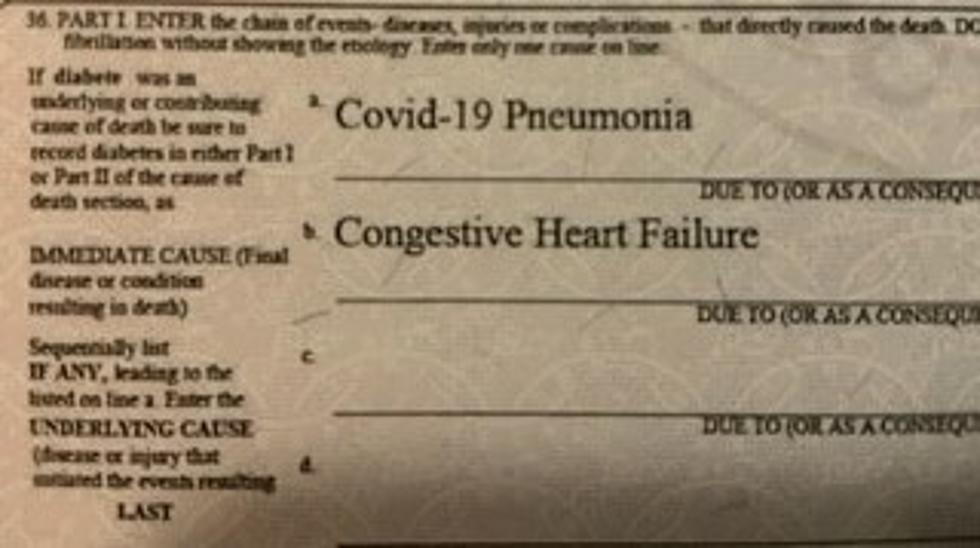
Gov. Whitmer Lifts Mask Requirement for Fully Vaccinated Michiganders
Governor Gretchen Whitmer today announced the Michigan Department of Health and Human Services (MDHHS) is updating the Gatherings and Mask Order to align with the U.S. Centers for Disease Control and Prevention’s latest guidance on face coverings. The new order will effect on Saturday, May 15 at 9 AM.
“With millions of Michiganders fully vaccinated, we can now safely and confidently take the next step to get back to normal,” said Governor Whitmer.
On Thursday, the CDC released updated guidance recommending “fully vaccinated people no longer need to wear a mask or physically distance in any setting, except where required by federal, state, local, tribal, or territorial laws, rules, and regulations, including local business and workplace guidance.”
“It’s critical that eligible Michigan residents who have not yet been vaccinated schedule their appointments as soon as they can,” said Dr. Joneigh Khaldun, chief medical executive and MDHHS chief deputy director for health. “Getting shots in arms is the best way to end the pandemic. If you have not yet been vaccinated, it is important to continue to mask up to protect yourself and others from COVID-19.”

“This updated order keeps Michigan in alignment with CDC guidance that is based on the knowledge of health experts,” said MDHHS Director Elizabeth Hertel. “I urge our residents to continue to be respectful of each other as we move forward.”
Under the updated MDHHS Gatherings and Mask Order, Michiganders who are outdoors will no longer need to wear a mask regardless of vaccination status. While indoors, fully vaccinated Michiganders will no longer need to wear a mask, but residents who are not vaccinated, or have not completed their vaccinations, must continue to wear a mask or face covering to protect themselves and others. After July 1, the broad indoor mask mandate will expire.
For now, businesses may require you to wear a mask inside their establishment, and businesses continue to operate under the strict COVID-19 Workplace safety rules until at least October 14th, and possibly longer.
READ ON: See the States Where People Live the Longest
More From WBCKFM









